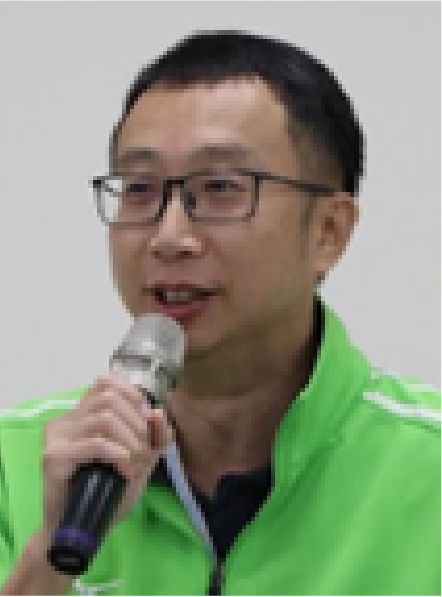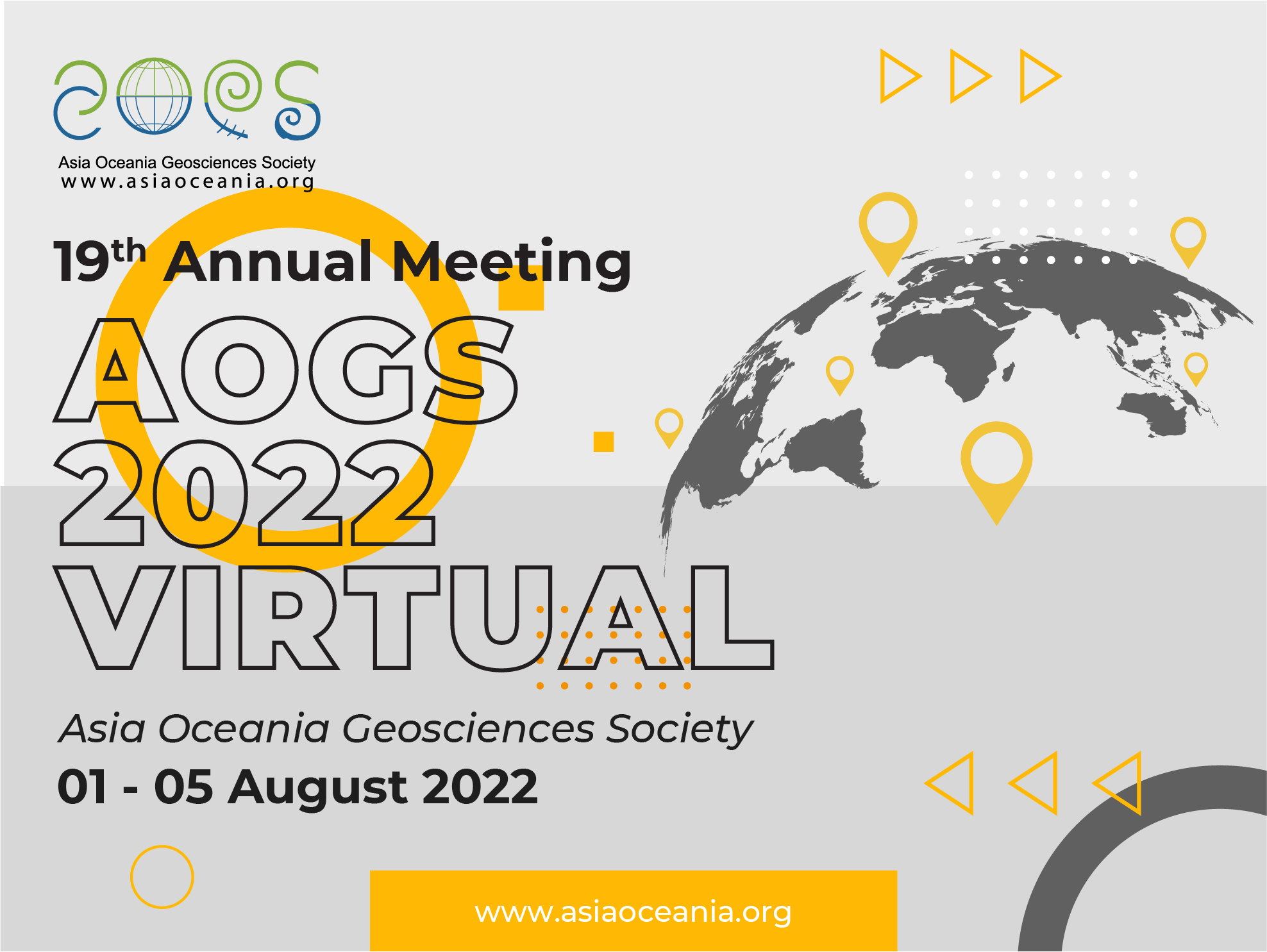
Cheng-Ling KUO
Program uses Singapore Time and is 8 hours ahead of GMT
School Talk/Live Q&A Tue-02 Aug 17:00 – 18:00
How to Observe High Altitude Lightning:
Not Only Leading-edge Technology but Also Using Our Surveillance Cameras?
Recently, advances in the understanding of transient luminous events (TLEs), e.g., sprites, blue jets, gigantic jets, and elves in the middle atmosphere, have compelled the atmospheric electricity community to study the effects that they may cause in the lower ionosphere. The electric coupling process between the lower and upper atmosphere has been one of the crucial subjects of multidisciplinary geophysical research in recent decades. Except for expensive rock experiments, we have difficulty exploring the middle atmosphere. But, direct monitoring of TLEs using surveillance cameras at nighttime opens a research opportunity to explore the frontier science of electric coupling phenomena. Besides, studies of global climate changes report the increasing trends of thunderstorms intensity. It turns out the increasing lightning/TLE activity. Severe electrical storms and cyclones accompany intense flash, wind shear, hail, heavy precipitation, and floods. Direct monitoring of lightning and TLEs above storms increases our knowledge of thunderstorm electrification and our understanding of our electrical environments. In the last 20 years, the satellite missions (ISUAL[1], Tatiana-2, SPRITE-SAT, Chibis-M, JEM-GLIMS, ASIM, TARANIS, … etc) has been conducted onboard satellite or international space station
Cheng-Ling Kuo joined the team for the ISUAL mission onboard the FORMOSAT-2 satellite since 2002, and received his Ph. D degree in 2007 in the Department of Physics of National Cheng Kung University, Taiwan. As being Ph.D. student, he visited Space Science Laboratory, University of Berkeley, USA, and received Taiwan Research Travel Granted for Culham Plasma Physics Summer School, UK. Now, he is a Professor in the Department of Space Science and Engineering, National Central University (NCU), Taiwan. His research fields include Atmospheric Electricity, especially in lightning & discharge phenomena (transient luminous events), and in developing an electric coupling model between lower atmosphere and ionosphere to explain the current effect on the ionosphere. Now, he published > 40 peer-reviewed papers and >100 conference papers. At NCU, he organized the Space Optics Lab (SOL). The SOL develops scientific payloads for future Earth and planetary remote-sensing missions: (1) airglow profile detector and imager, (2) multi-spectral and hyperspectral imager, and (3) dual-band FUV instrument for planetary orbiter/lander/rover mission.

Cheng-Ling KUO
Department of Space Science & Engineering, National Central University
